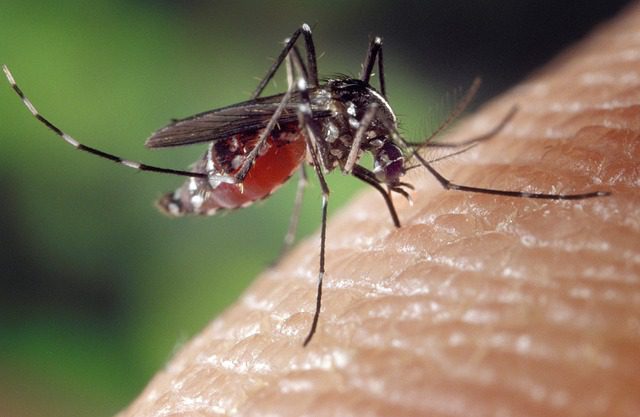By Leah S. Dunaief

Publisher
It may be summer, but the livin’ certainly hasn’t been easy. Events have been like rapid tidal waves breaking against the news shore. First came the fumbling performance by President Biden in his televised debate with ex-President Trump. Just as we were coming to some sort of terms with that, there was an assassination attempt on Trump’s life, with a bullet from a high powered rifle nicking his right earlobe as he began his speech at a rally in Pennsylvania. Millions of dollars then poured into his campaign chest.
Next came Biden’s withdrawal, after his adamant refusal to do so, from running for re-election. That was quickly followed by Vice President Kamala Harris announcing her bid for the presidency a mere 105 days before the vote. She immediately garnered support from many other Dems and a rapid accumulation of millions of campaign dollars. Speculation about who her vice presidential choice might be now dominates the news. Somewhere in the midst of those events was the GOP National Convention and the announcement of JD Vance as Trump’s running mate.
It’s been a remarkable past month, and as the news has see-sawed between the parties, many have reacted with anxiety. I can suggest an antidote.
Go see the nightly selection of movies at the Stony Brook Film Festival at the Staller Center for the Arts at Stony Brook University. This year is the 29th such offering, and you can judge what Alan Inkles, the director, and his talented staff call “the best in new and independent films.” It is a contest, and we, the audience, decide the winners. There were initially over 2000 entries that the staffers pared down, and until it ends Saturday night, there is still time for enjoying the program. Tonight and tomorrow will feature two movies, each preceded by a short. Saturday, July 27, the closing night, there will be one short, one full length movie and then a presentation of awards to the winners.
To me, movies are magic carpets that take us away from our lives to other worlds. We meet new people in different situations, whose stories may make us laugh or tear up, and we go back home somehow aired out. One we saw was “The Strangers’ Case,” a moving story about the terrified society enduring the Syrian Civil War, as Assad’s forces want to squelch the rebels, and the desperate people who try to flee. We view their plight as they become refugees in another country, strangers in a strange land, risking their lives on rubber rafts over open ocean to get there.
The convenience of attending this festival is top notch. Parking in the adjoining garage is ample and free, and the drive to the Center and back home takes mere minutes and is usually without traffic. Admission is reasonable, and there is pleasure in experiencing the movie with neighbors as a community. And, as in all good movie theaters, snacks are sold in the lobby. I even enjoyed my favorite ice cream pop, an almond-crusted coffee toffee delight, one night during intermission.
Another way to escape the inevitable current events stress is with immersion in a family visit. That, of course, assumes we don’t start talking politics at the dinner table. It just so happens that two of my sons have birthdays two days apart and right around the time the Film Festival opens, and so we get a double distraction from the news. They come, with my daughters-in-law, and we celebrate together.
Each of us has our particular task. One of my daughters-in-law decorates the house with Happy Birthday banners. Another makes her fluffy chocolate-covered cupcakes to host the candles. My job is to provide the food — their favorite dishes, of course — and to fulfill any specific request for a birthday cake. This year’s star selection was a banana cream pie. We happily endured the annual sugar rush that ensued.
As you might guess, after the family leaves, we all go on diets.















